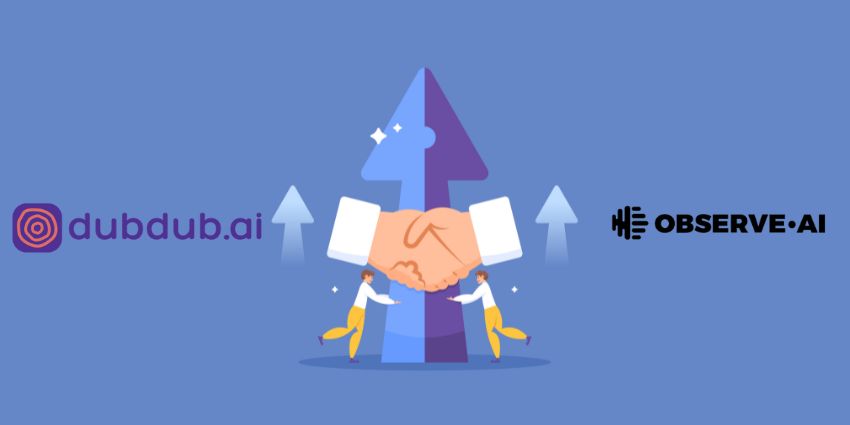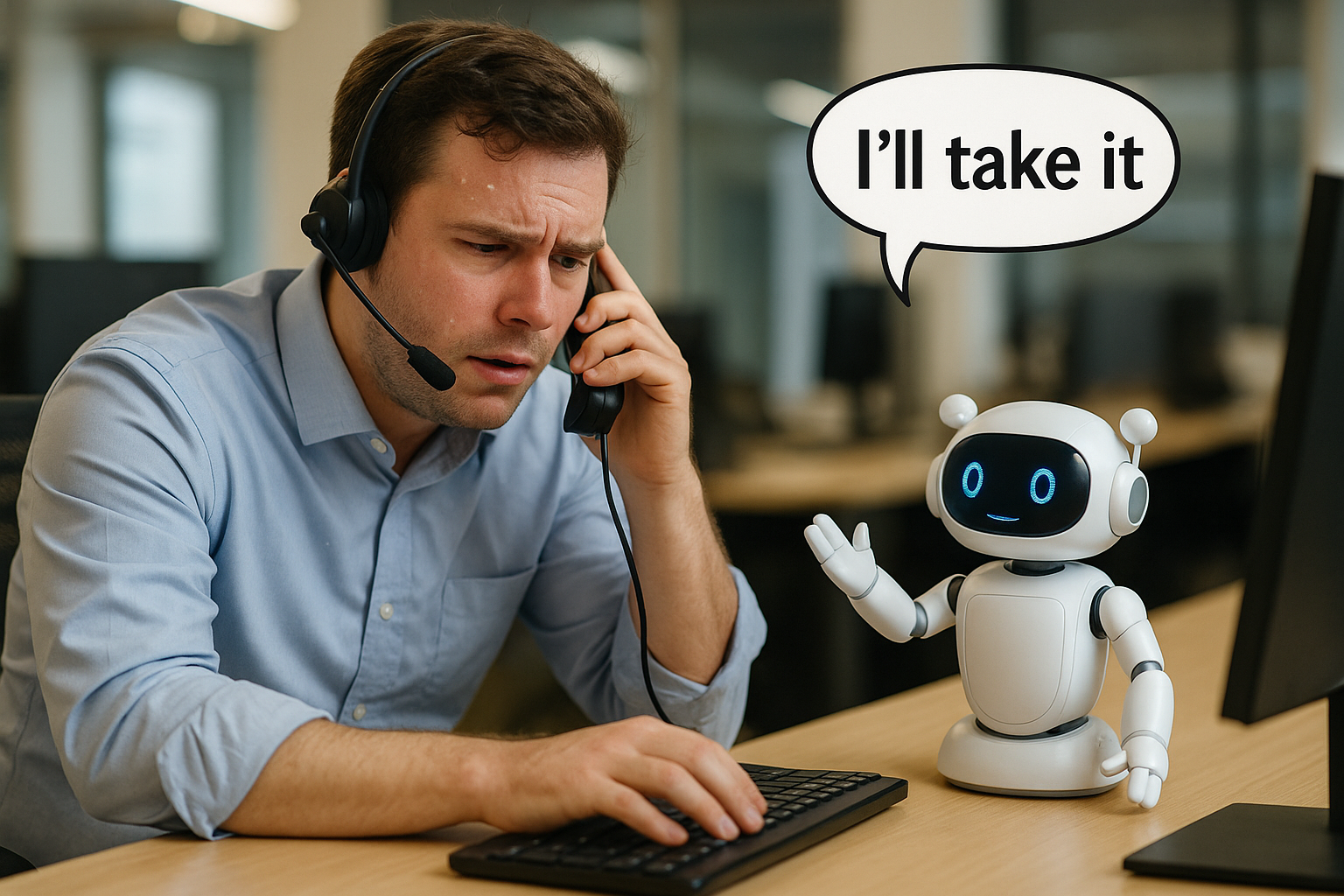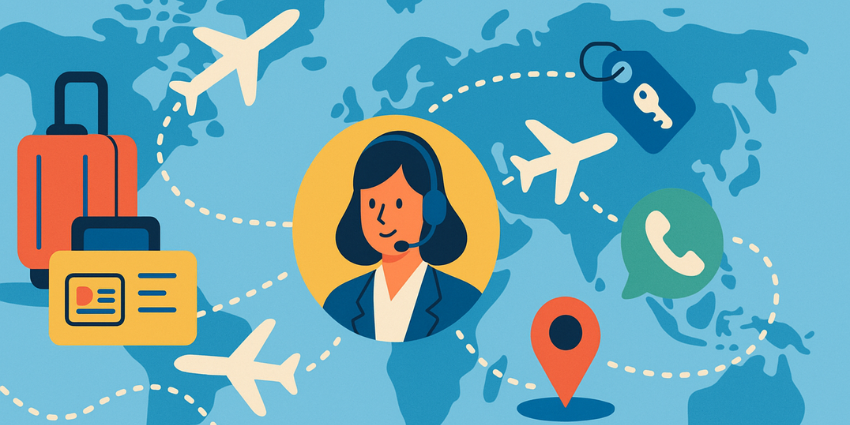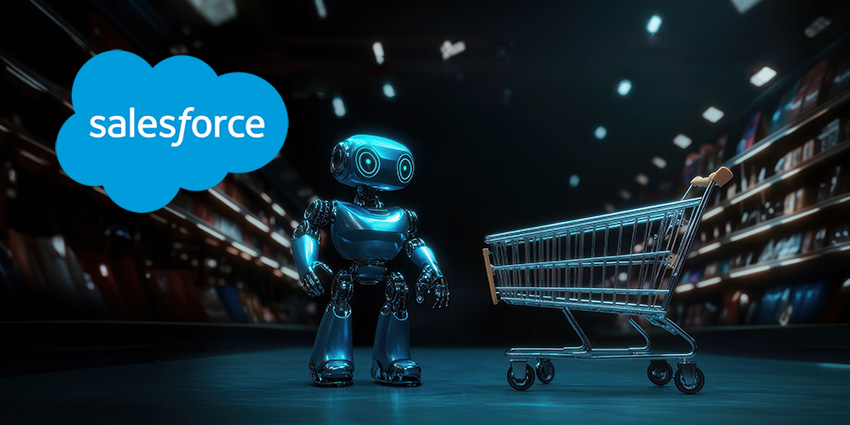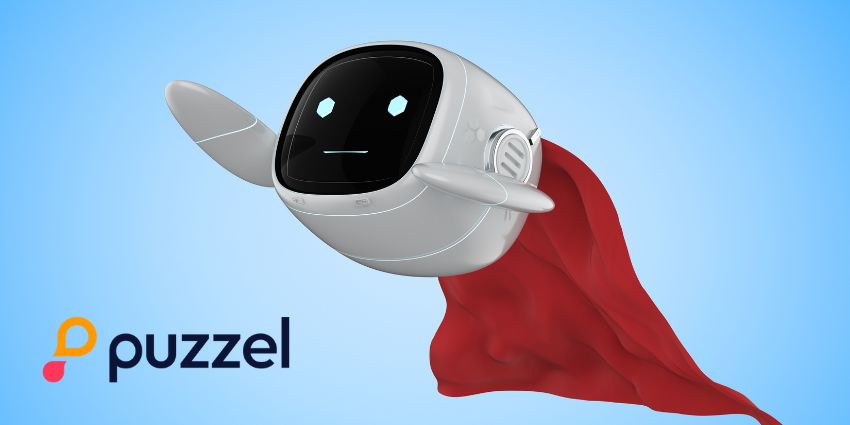Observe.AI has acquired DubDub.ai, a generative AI technology company specializing in text-to-speech (TTS) and voice cloning.
The acquisition will enhance Observe.AI’s VoiceAI Agent solution, which helps businesses automate customer service calls.
Indeed, DubDub.ai’s capabilities will enable VoiceAI Agents to deliver “natural” and “human-like” speech.
Moreover, it may switch languages, accents, dialects, tone, and pitch, adapting to the customer to boost CX outcomes, like CSAT and NPS.
In prepping this capability for its VoiceAI Agent solution, Observe.ai aims to support businesses in building customer trust with AI-driven interactions.
Celebrating the acquisition on LinkedIn, Swapnil Jain, CEO at Observe.AI, explained: “We believe the future of human-machine interaction is voice, and we’re proud to be pioneering that revolution – starting with the CX industry.
“With DubDub.ai, we’re now doubling down on conversational AI, bringing state-of-the-art Text-to-Speech capabilities that prioritize humanness, naturalness, and personalization in every interaction,” he added.
This is key to building trust in VoiceAI—something sorely lacking in today’s consumer experiences with legacy conversational AI technologies.
DubDub.ai will help round out Observe.AI’s proprietary voice AI stack. Already, that includes automatic speech recognition (ASR) and a contact-center-specific large language model (LLM).
Yet, now – with DubDub.ai – VoiceAI Agents may now manage changes in customer intent with “eloquence”, refocusing the customer and boosting containtment.
Also, with DubDub.ai’s multilingual TTS technology, Observe.AI pledges to evolve the way AI agents act, think, and sound so they are “indistinguishably human” – whether that’s ethical or not.
DubDub.ai’s innovative transformer- and diffusion-based model architecture will also help here, generating high-fidelity speech with low latency.
Future of Voice is Bright – But Hurdles Remain
Jain noted that the future of human-machine customer service is voice. That’s a message that will resonate with many in the world of CX as the comeback of voice continues.
Speaking to CX Today at Enterprise Connect, Zeus Kerravala, Principal Analyst at ZK Research, stated: “I think most apps in the future will be spoken to with some kind of voice interface, and CX will witness a big renaissance in voice.”
Yet, Kerravala picked up on the notion that there is a new emphasis on security, reliability, and quality of voice. “If the experience isn’t great, people will backtrack to how they’ve done things in the past,” he noted.
Take IVR systems. They have traditionally frustrated customers with complex menus, long wait times, and poor voice recognition, often leading to impersonal and inefficient interactions.
These issues have resulted in customer dissatisfaction and a lack of trust in automated systems, highlighting the need for more intuitive and human-like solutions – like Observe.AI’s VoiceAI Agent.
Yet, as Kerravala explained: “It is interesting to watch this space because, in a few years, we are going to be at the point where you could get customers wishing they had a bot.”
Open AI Release Voice AI Model – What Does This Mean for CCaaS?
ObserveAI’s move comes less than a week after OpenAI’s release of voice AI models. These have possible permeations for all contact center solutions providers.
The new ASR models – gpt-4o-transcribe and gpt-4o-mini-transcribe – move beyond Whisper, OpenAI’s previous state-of-the-art transcription model.
Indeed, they offer improved word error rates and better handling of diverse languages, accents, and background noise.
For CCaaS vendors, OpenAI’s new models bring both opportunities and challenges. The affordability of these tools allows providers to enhance voice automation in their products.
On the other hand, the growing competition among vendors with similar AI capabilities pushes CCaaS companies to innovate and differentiate their voice agent solutions – as Observe.AI is doing.
Simply put, OpenAI’s models compel CCaaS vendors to offer no-code voice agent platforms that are as capable as those created with OpenAI’s tools.
Beyond connecting ASR, LLM, and TTS models, customer experience and CCaaS providers must think about where they can add meaningful strategic value.
